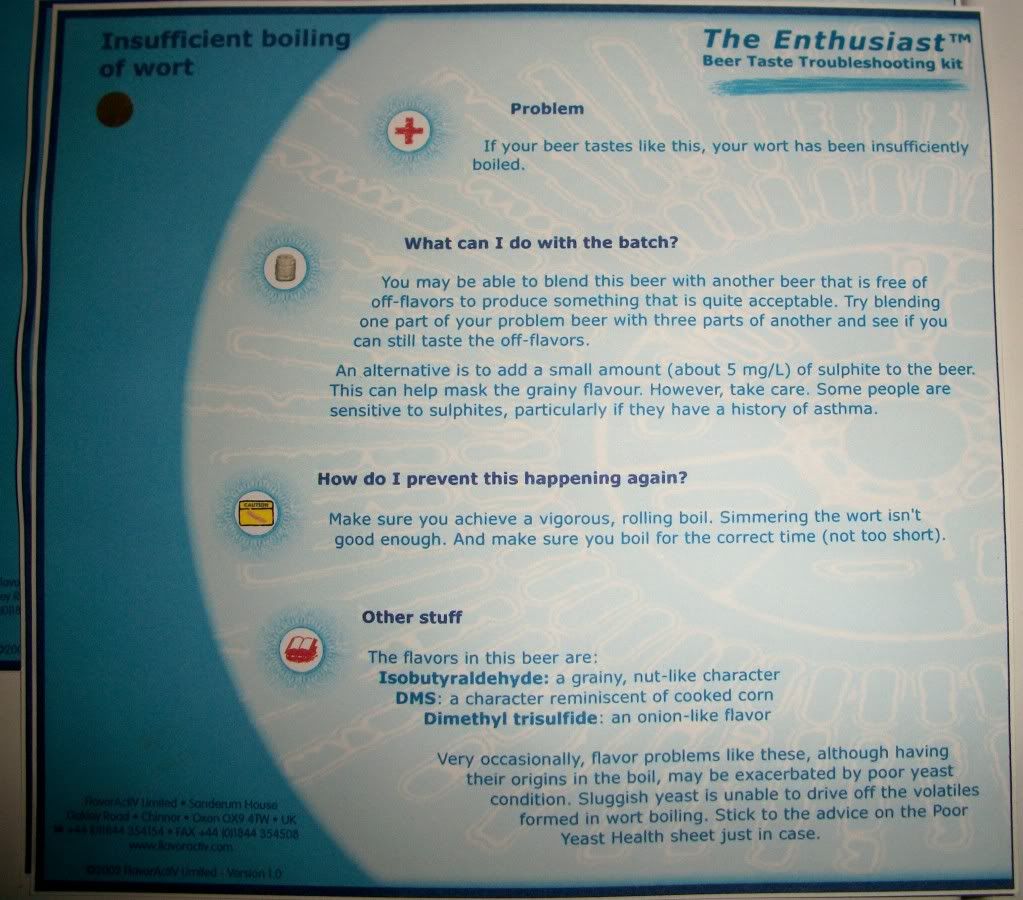ksbrain
Well-Known Member
Had an idea today to make a beer that's never boiled. I'm talking all-grain, but just hold it around 180F for an hour instead of boiling.
According to my chemist friend, the isomerization of hops should happen, just at a slower rate at the lower temperatures.
So I'm thinking, FWH. Drain from mash tun into an insulated vessel, and then just put the lid on and let it cool (overnight?). Then transfer and pitch... I'd be expecting a ton of hop flavor and aroma and hardly any bitterness.
Any thoughts? Horrible idea, or worth a shot?
According to my chemist friend, the isomerization of hops should happen, just at a slower rate at the lower temperatures.
So I'm thinking, FWH. Drain from mash tun into an insulated vessel, and then just put the lid on and let it cool (overnight?). Then transfer and pitch... I'd be expecting a ton of hop flavor and aroma and hardly any bitterness.
Any thoughts? Horrible idea, or worth a shot?



